Attention and Focus in Dance: Enhancing Power, Precision, and Artistry (EPUB)
| Edition |
1st |
|---|---|
| Format |
EPUB |
| ISBN 10 |
1492594458 |
| ISBN 13 |
978-1492594451 |
| Language |
English |
| Publisher |
Human Kinetics |
| Published Year |
2020 |
- Best Price Guaranteed
- Best Version Available
- Free Pre‑Purchase Consultation
- Immediate Access After Purchase
$44.99 Original price was: $44.99.$24.00Current price is: $24.00.
Categories: Sport Medicine
Western dance education places a lot of emphasis on technique mastery and control, two things that are unquestionably essential for enhancing performance. However, conscious attention has received little attention—until now—despite its crucial role in good performance. Attention and Focus in Dance, a how-to book anchored in the 20 years of attentional focus studies of researcher Gabriele Wulf, will help dancers unlock their strength and stamina reserves, enabling efficient movement, improving their sensory perception and releasing their dance potential. A professional dancer, choreographer, educator, and holistic practitioner, author Clare Guss-West offers a methodical, scientific approach to the mental labor involved in dance.
Her method assists dancers in developing the abilities of focus, attentiveness, and self-cueing to refuel and improve their creative and physical performance. An Original, Research-Based Method Attention and Focus in Dance provides readers with the following:
A distinctive method that combines Western movement forms with the roots of Eastern movement
Research-based teaching methods in a variety of settings, such as private studios, professional dance organizations, and programs for dancers with particular needs or movement difficulties
Comments and advice from professional dancers and dance instructors throughout the world who employ the book’s methodology in their instruction and training
An emphasis on dance that is simple to incorporate into current teaching and training methods, rehearsal settings, or rehabilitation settings to offer both short-term and long-term advantages
Guss-West explores attentional focus techniques for dancers, teachers and dance health care practitioners, making practical connections between research, movement theory and day-to-day dance practice. “Many dancers are using excessive energy deployment and significant counterproductive effort, and that can lead to a global movement dysfunction, lack of stamina and an increased risk of injury,” says Guss-West. “Attentional focus training is the most relevant study that sport science and Eastern-movement practice can bring to dance. “Organization of Books” There are two sections to the text. Part I helps dancers examine the information overload and attentional problems that many professional dancers face. It highlights the necessity of a methodical approach to attention and focus and describes the connection between dance practice and scientific studies on attentional focus. Additionally, this section explores how Eastern movement principles inform and enhance scientific discoveries, as well as how these ideas might revitalize fundamental dance components like posture, turnout, and port de bras. Techniques for focusing and paying attention are offered in order to prevent energy exhaustion and depletion. Teaching, self-coaching, and cueing techniques for attention and focus are covered in Part II. Attention and Focus in Dance offers a wealth of research-backed concepts and motivational ideas that can help dancers in their learning and performance. Maximum Dance Potential “Whether cueing others or yourself, cueing for high performance is an art,” Guss-West says. “Readers will discover how to format cues and feedback to facilitate effective neuromuscular response and enhance dancer recall of information and accessibility while dancing.” Attention and Focus in Dance places attentional focus in the larger context of holistic teaching strategies. For the best physical impact, this book helps readers focus their attention and filter information. In the end, it helps teachers and dancers reach their full potential and be the best versions of themselves.



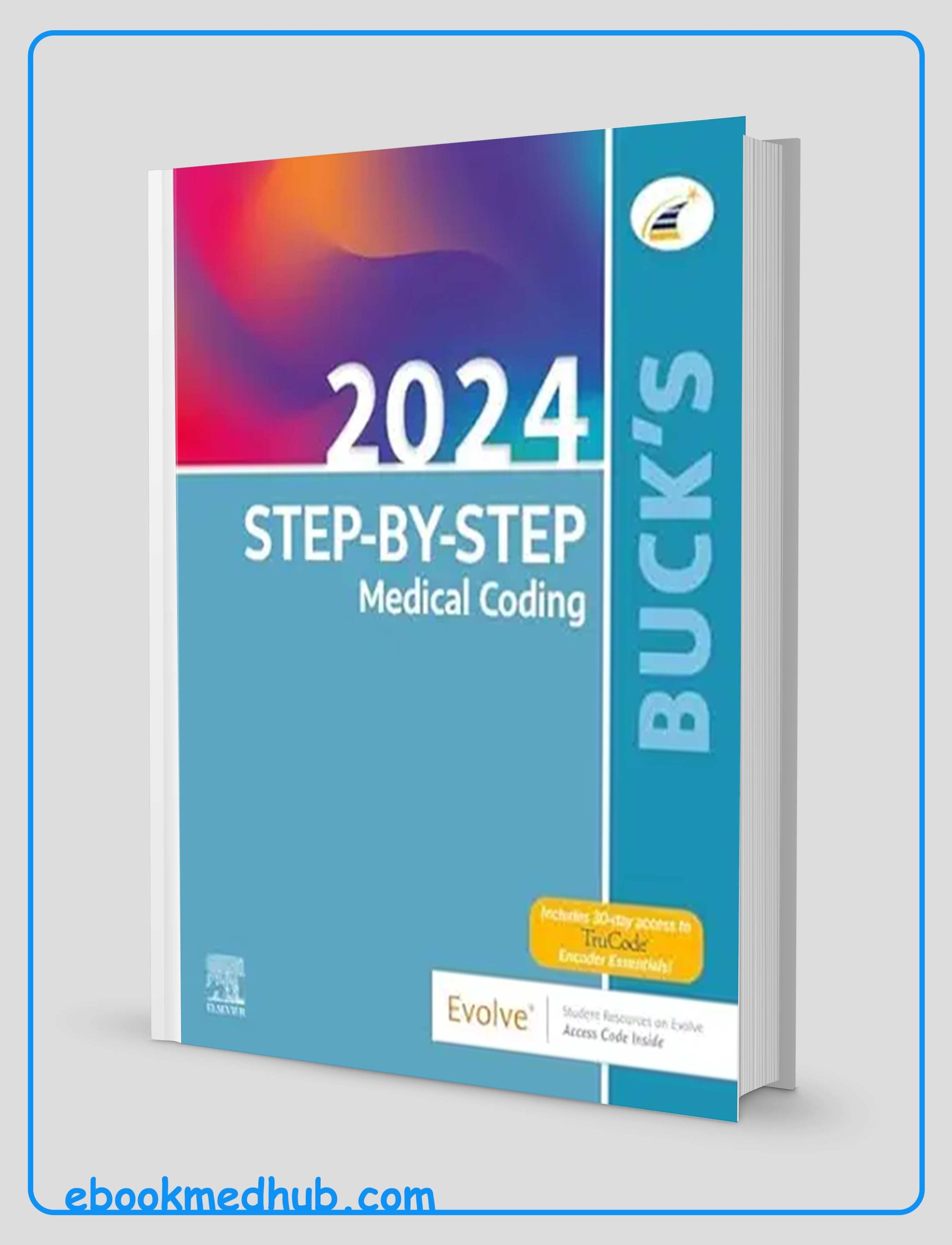
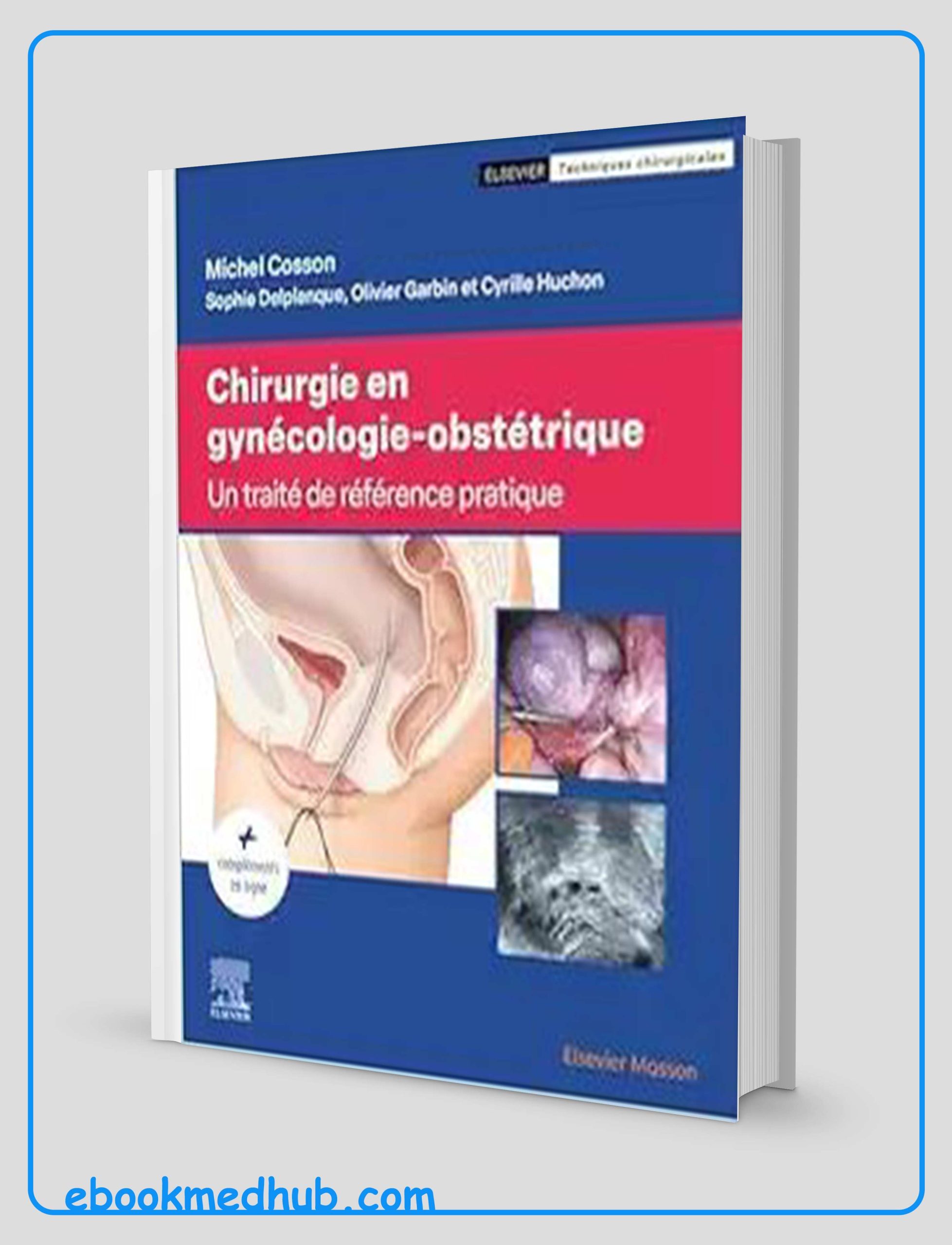

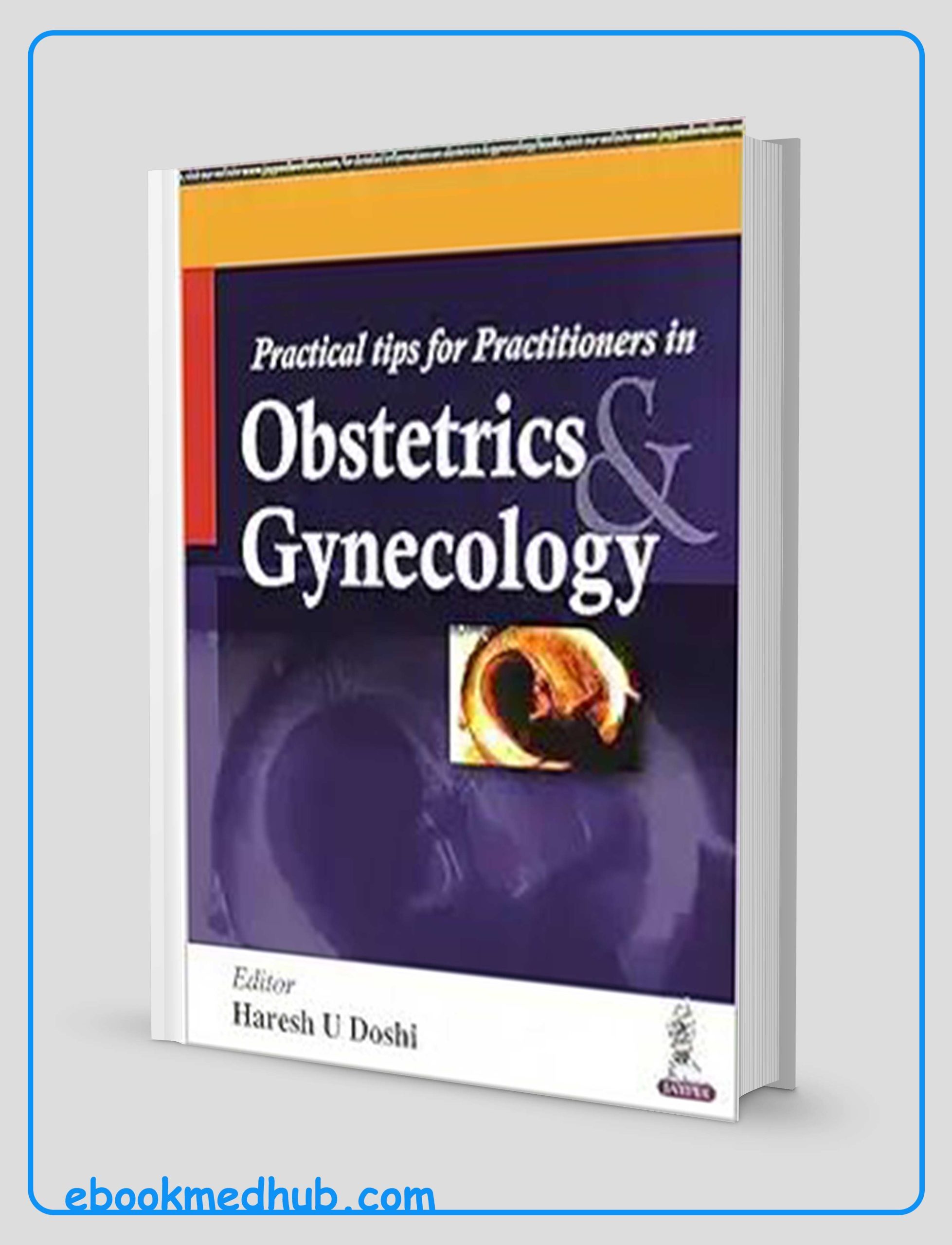

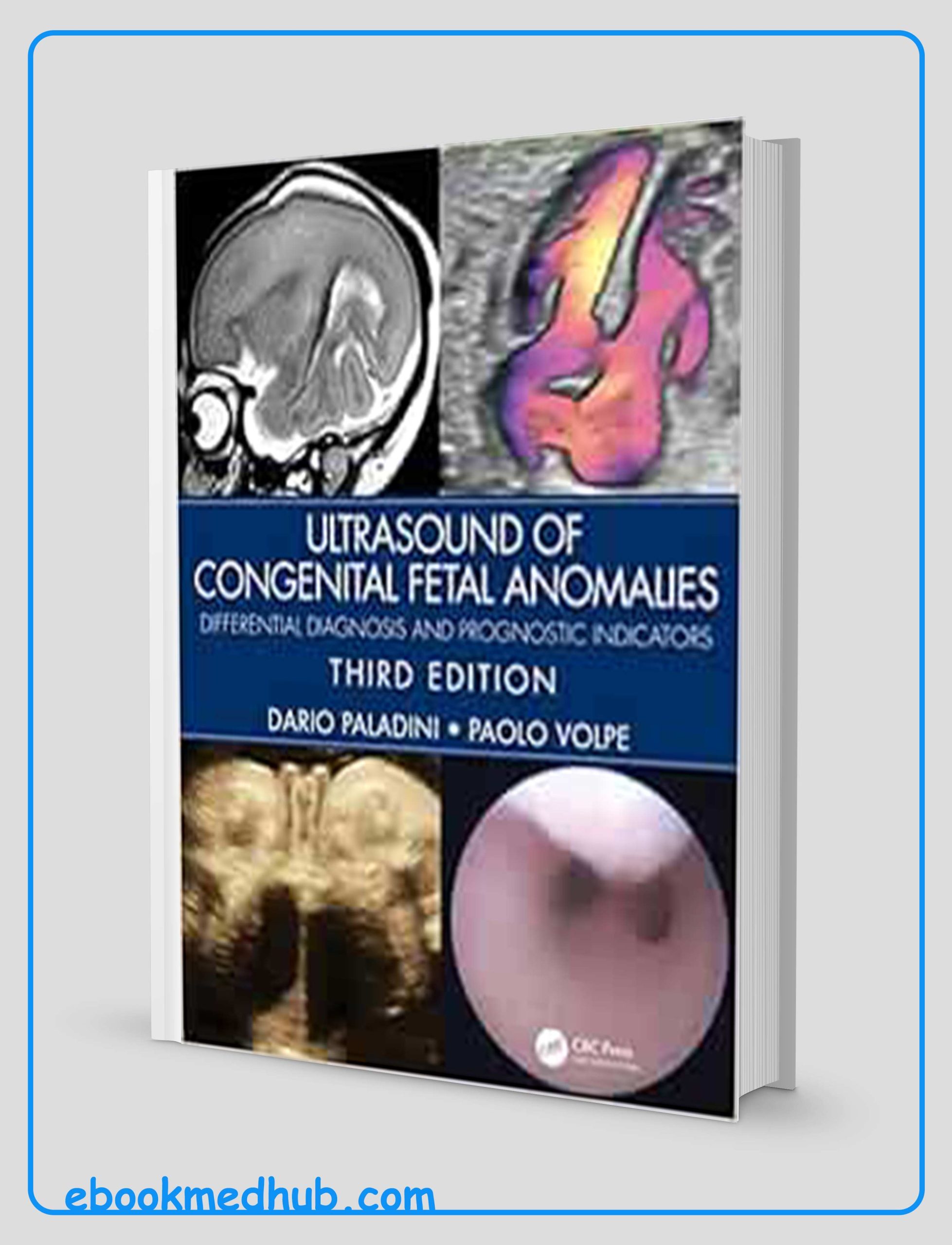


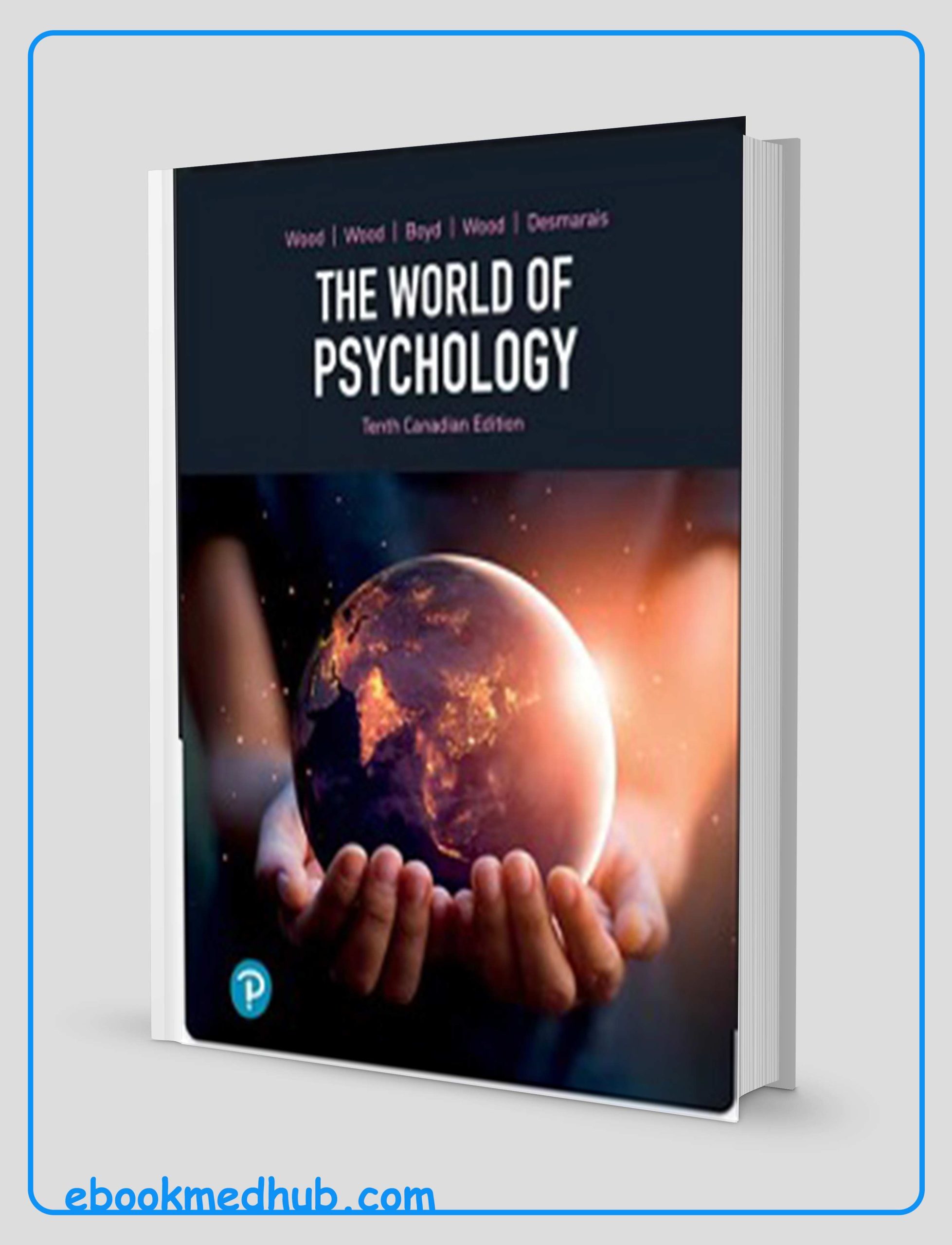
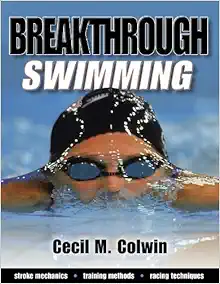



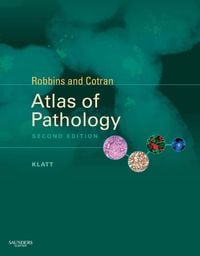


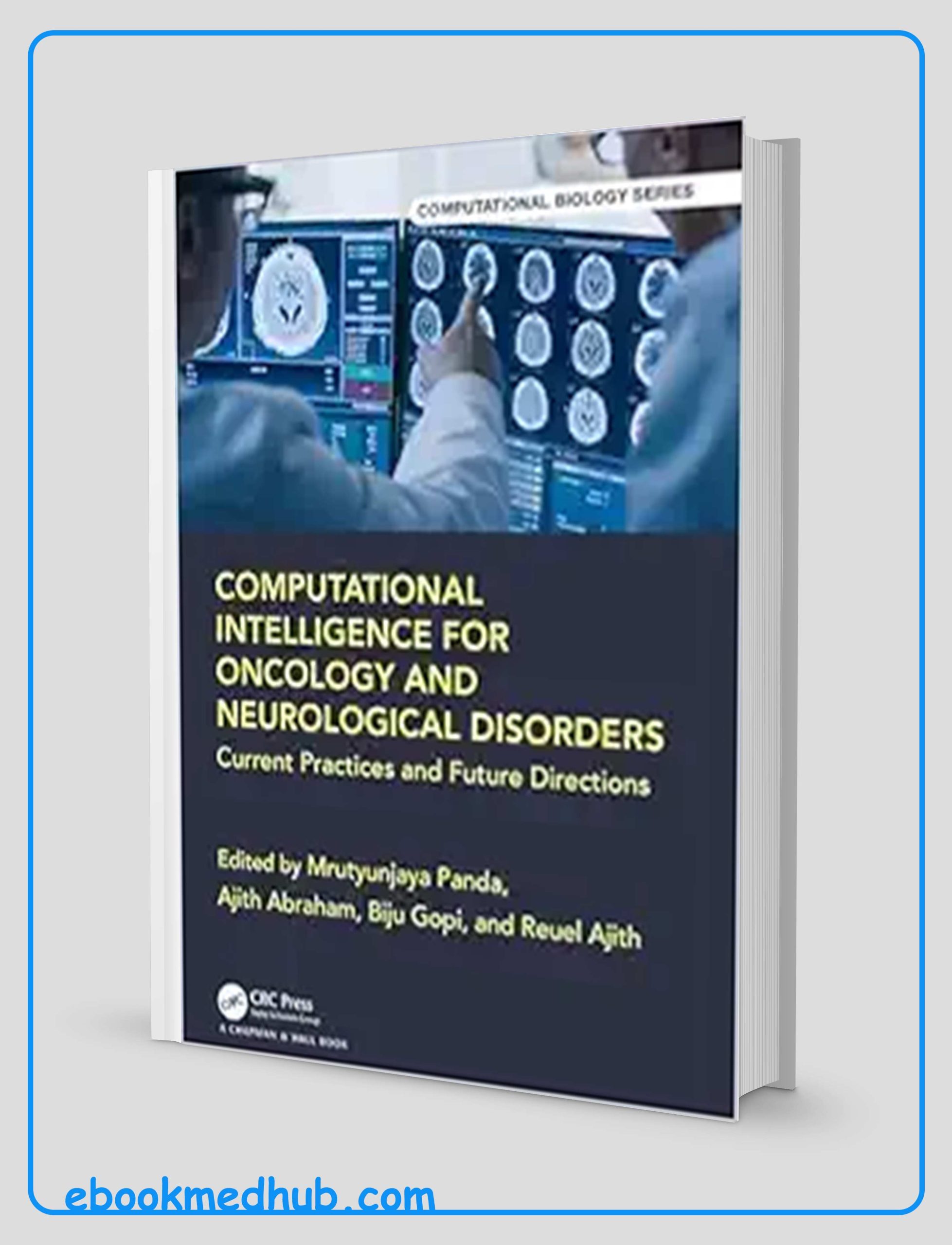
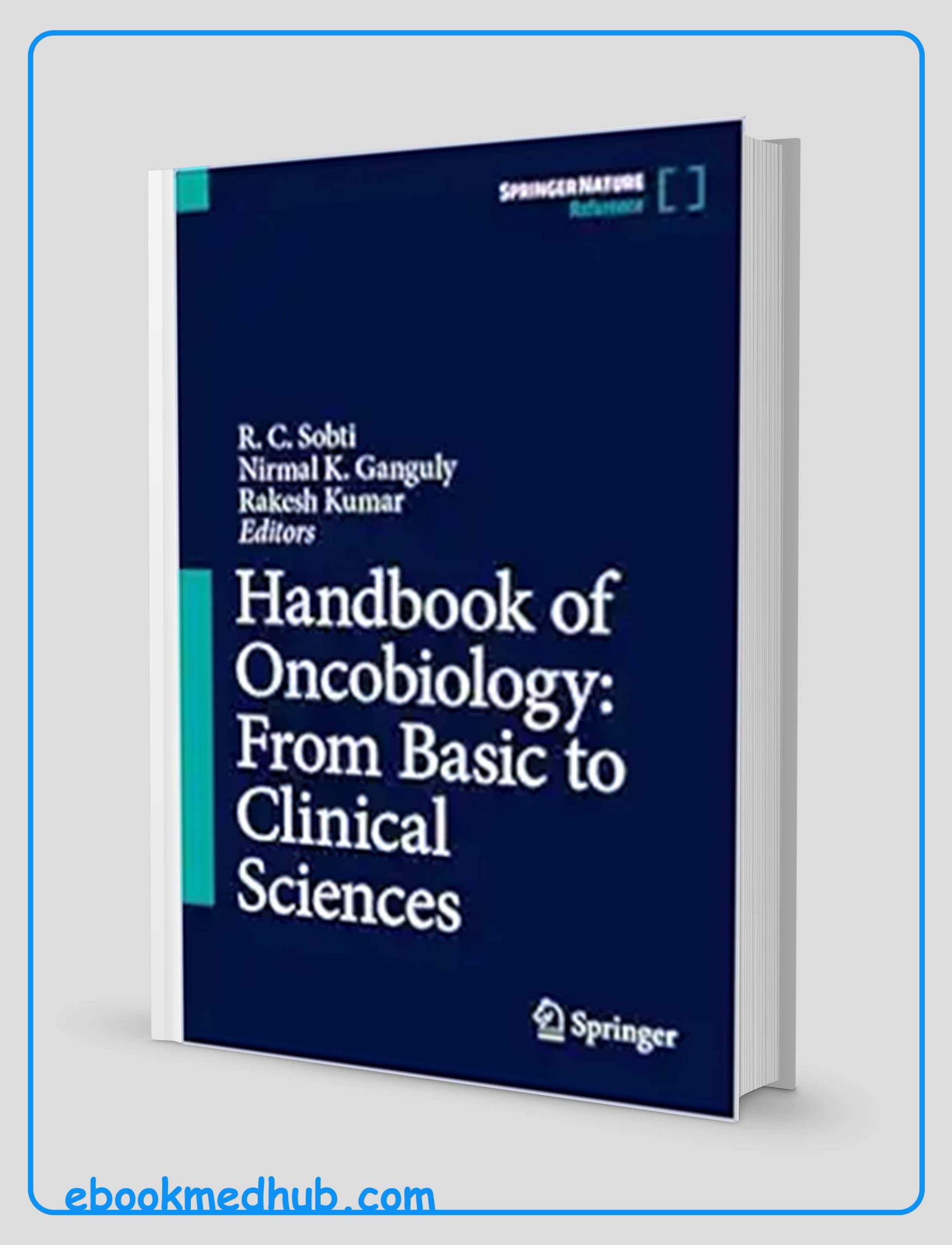
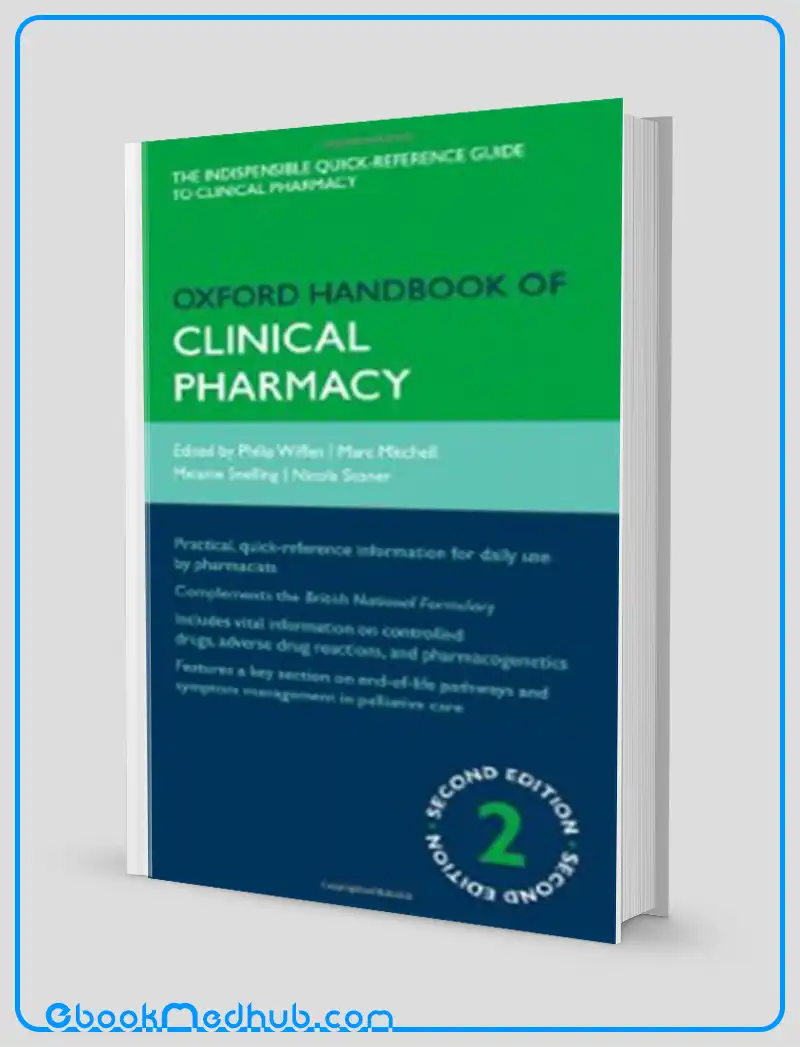




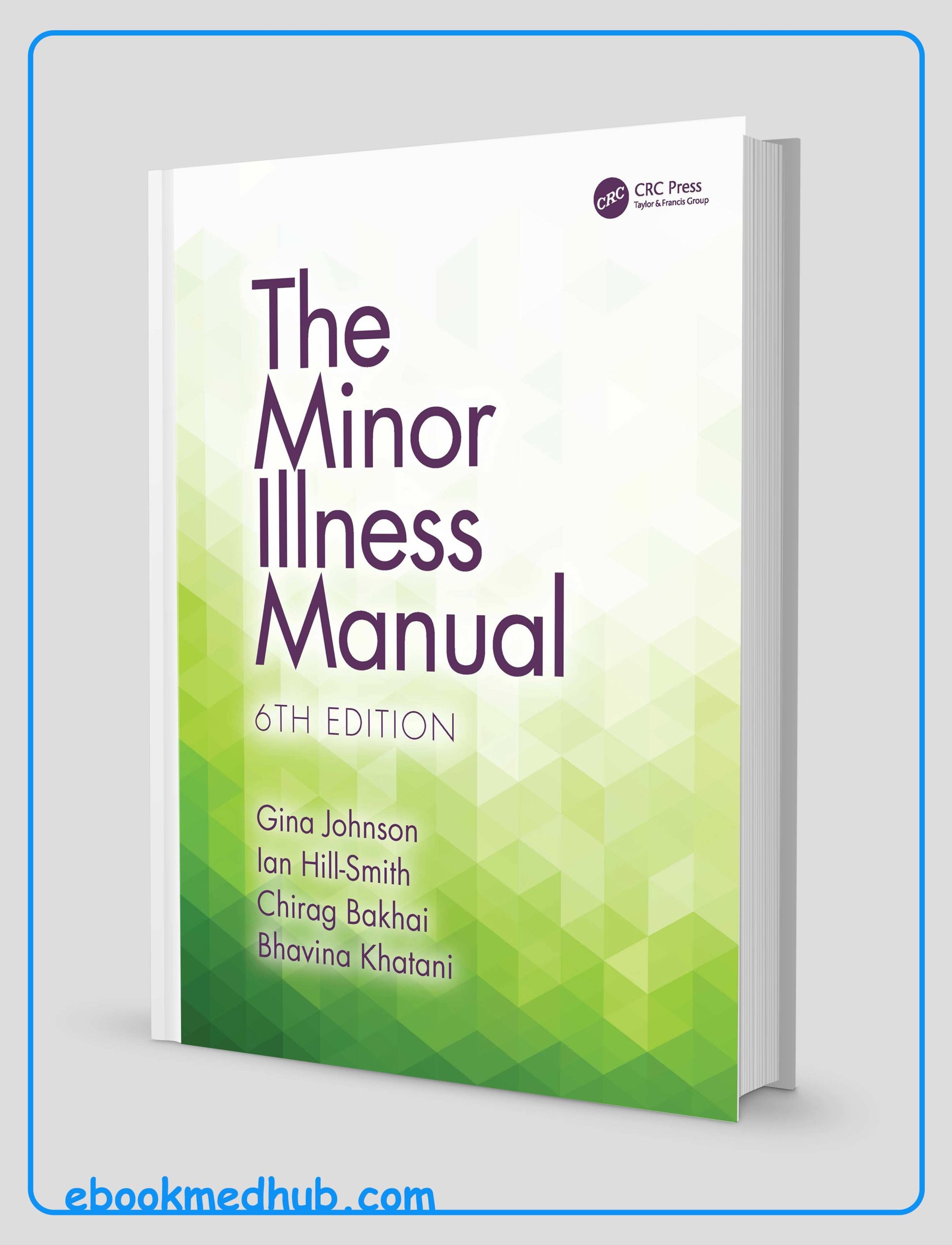
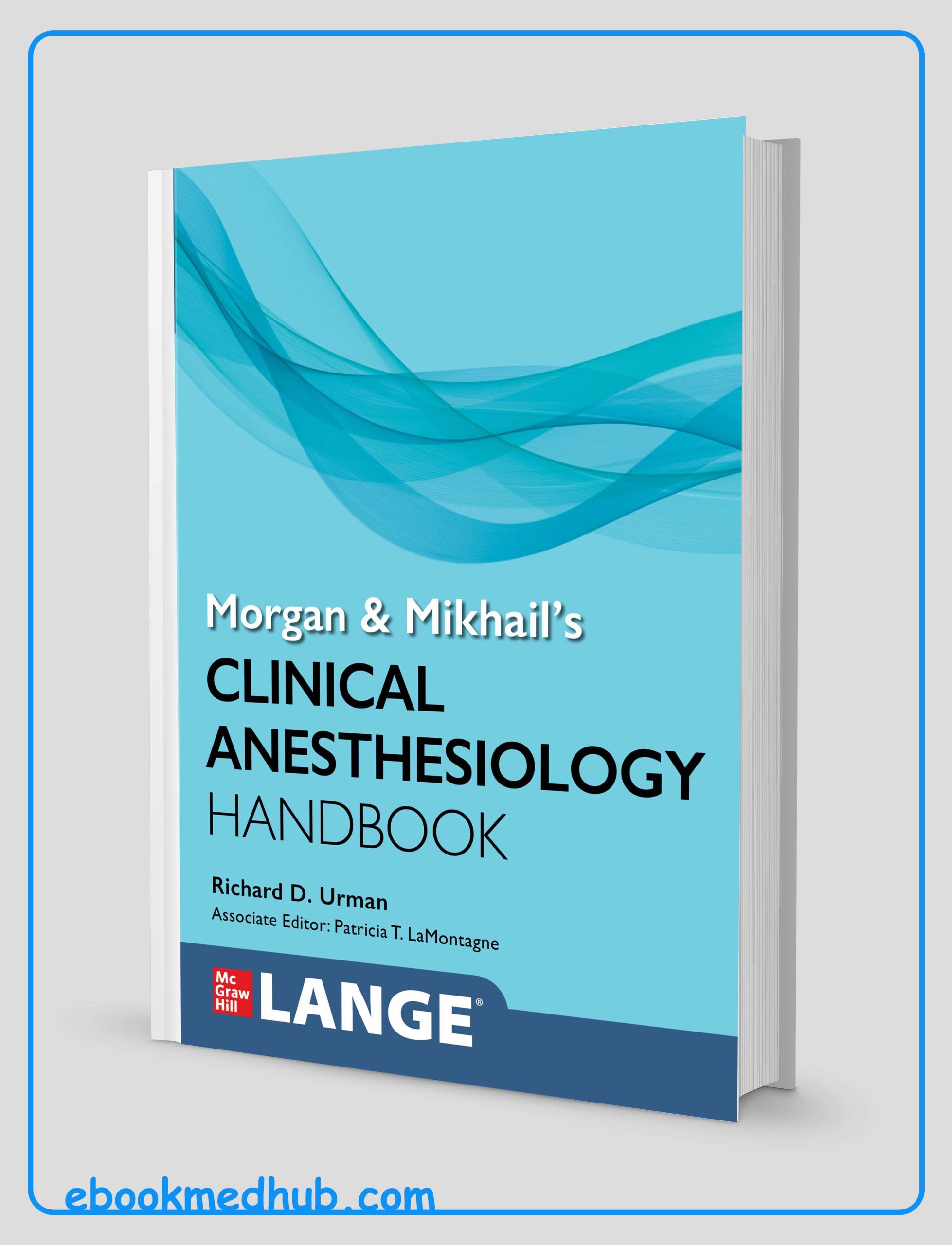

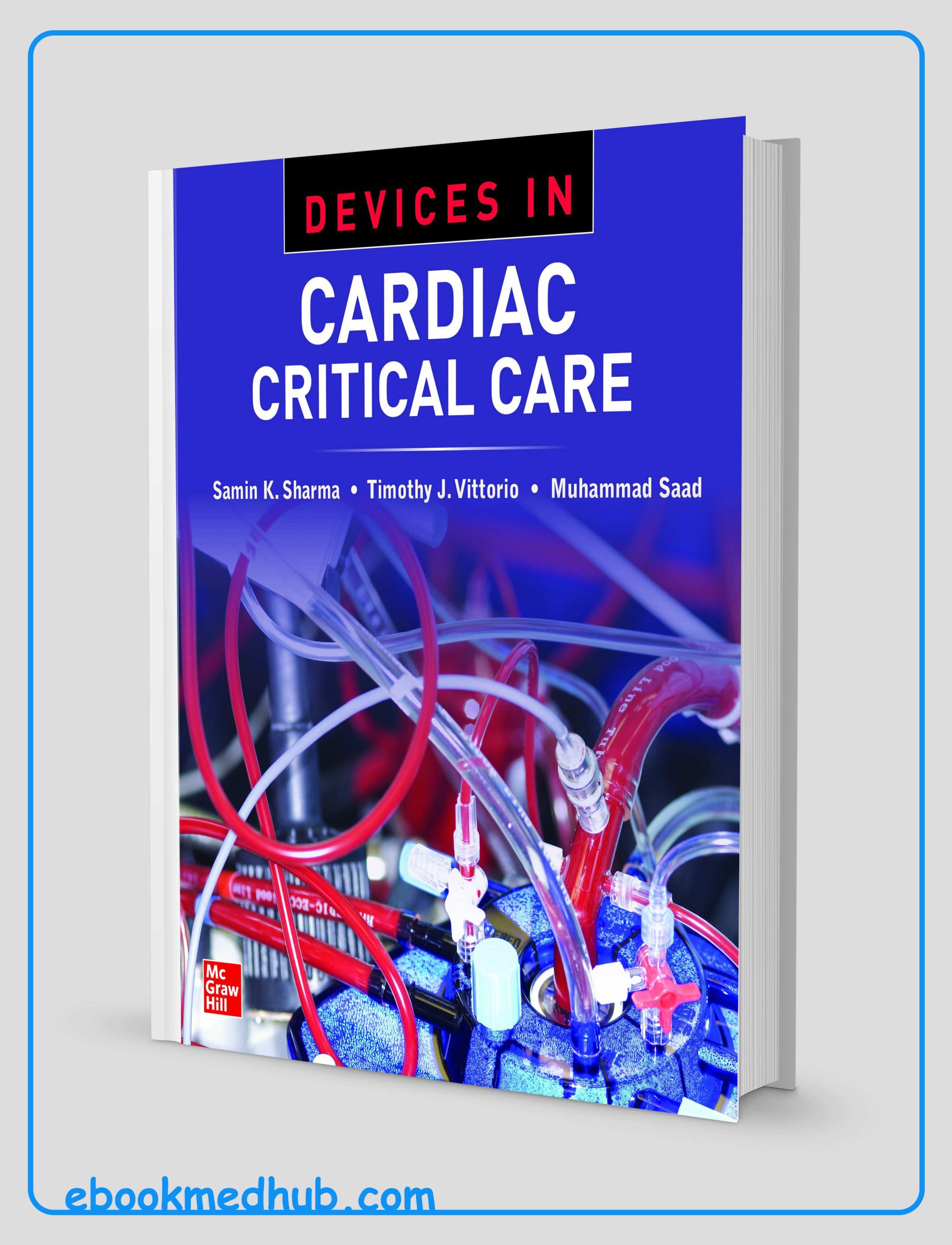
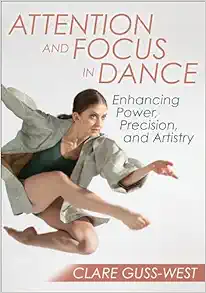
Reviews
There are no reviews yet.